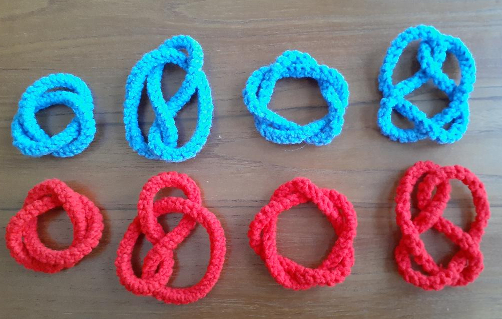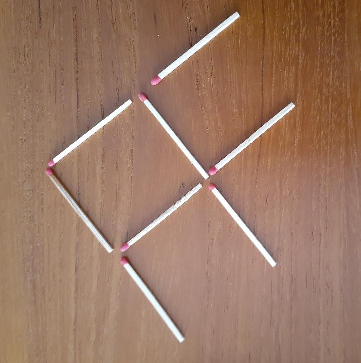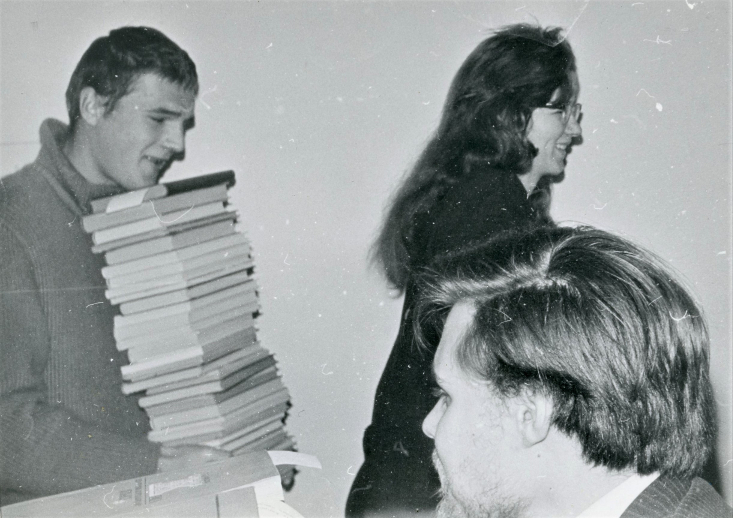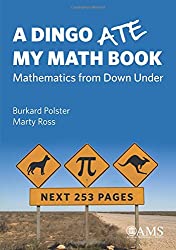My Moscow State University Transcripts
I used to be proud of my Russian math education. I am still proud of my high school one, but not so much of the one I received in college. In Soviet Russia, a student had to choose their major before applying to college. I wanted to study mathematics, and I got accepted to the best place for it in Soviet Russia: mekhmat — the math school at the Moscow State University. I used to be proud of my education there, but now I have my doubts.
I had to take, on average, four math classes per semester for five years, which totals about 40 math classes. Woo hoo! I don’t think American students could even choose to take that many. This was presumably good, but most of the courses were required, and their curriculum remained unchanged for many, many years. Obviously, the system was very rigid. The faculty members feared retaliation from the communist party and forgot how to take initiative. The bureaucracy prevented the department from adding new and exciting math to the outdated curriculum.
This post is not about my grades but about the actual subjects that we were taught then. But, in case anyone is wondering, my only B was in English; everything else was straight As.
Some of the classes listed below lasted two or more semesters, that’s why they do not sum up to the promised 40. Unfortunately, I do not remember which ones. These were the required math classes:
- Analysis
- Analytical Geometry
- Advanced Algebra
- Theoretical Mechanics
- Linear Algebra and Geometry
- Differential Equations
- Partial Differential Equations
- Functions of Complex Variables
- Probability and Statistics
- Differential Geometry and Topology
- Numerical Methods
- Introduction to Mathematical Logic
- Control Theory
- Analysis III
- Computer Science and Programming
- Programming Practice
- Physics
- History and Methodology of Mathematics
- Thesis Work
An impressive list? But guess what — I remember nothing from most of these classes. As an exception, I remember bits of Differential Equations, taught by Vladimir Arnold, a charismatic teacher. I remember Linear Algebra well, not because of my Linear Algebra class, but because I read Gelfand’s book on the subject and loved it. I remember that the Differential Geometry and Topology class was taught by Fomenko with great pictures and boring material. By the time I took Fomenko’s class, I already knew topology from an unofficial class taught by Dmitry Fuchs, which was so much better. In fact, in order to learn what I wanted, I had to take many classes unofficially, so my total is actually way above 40.
By junior year, we were finally allowed to choose some classes which would count towards our transcripts, and this is what I picked.
- Infinite-Dimensional Representations of Lie Groups
- Theory of Functions of Many Complex Variables
- Representations of Lie Groups
- Discrete Mathematics
I remember these classes much more vividly. I also wrote a graduate thesis: “Models of Representations of Generalized Clifford Algebras.” I loved working on that paper.
We had non-math classes too: everyone had to take them.
- History of the Communist Party of the USSR
- Philosophy of Marxism-Leninism
- Political Economy
- Scientific Communism
- Foundations of Scientific Atheism
- Soviet Law
- Foreign Language (English)
- Physical Education
- Foundations of Marx-Lenin’s Aesthetics
To graduate, everyone had to pass two state exams: Mathematics and Scientific Communism. Whatever the latter might mean.
Did I mention that I am no longer proud of my former Soviet college education? What a colossal waste of time!
Share:



